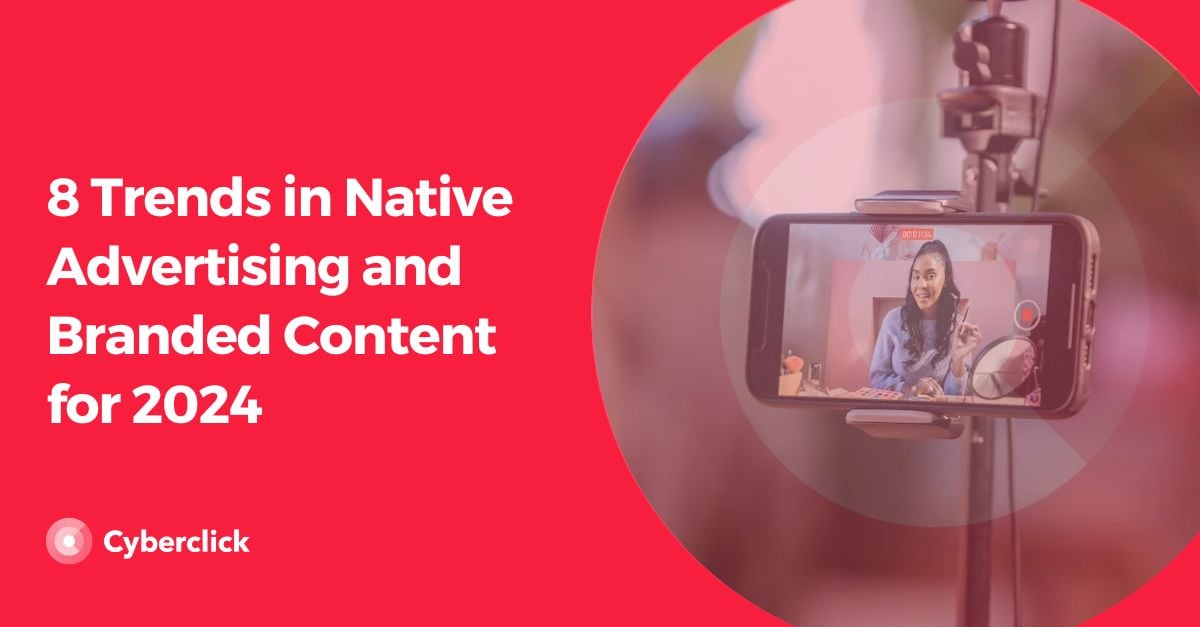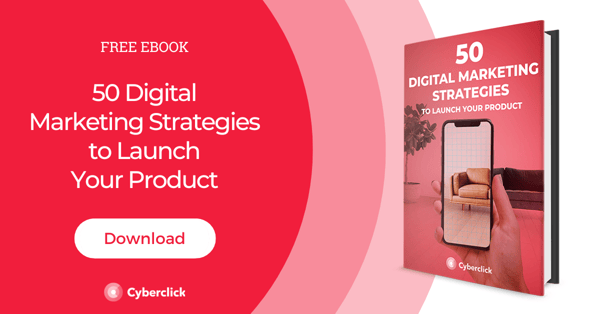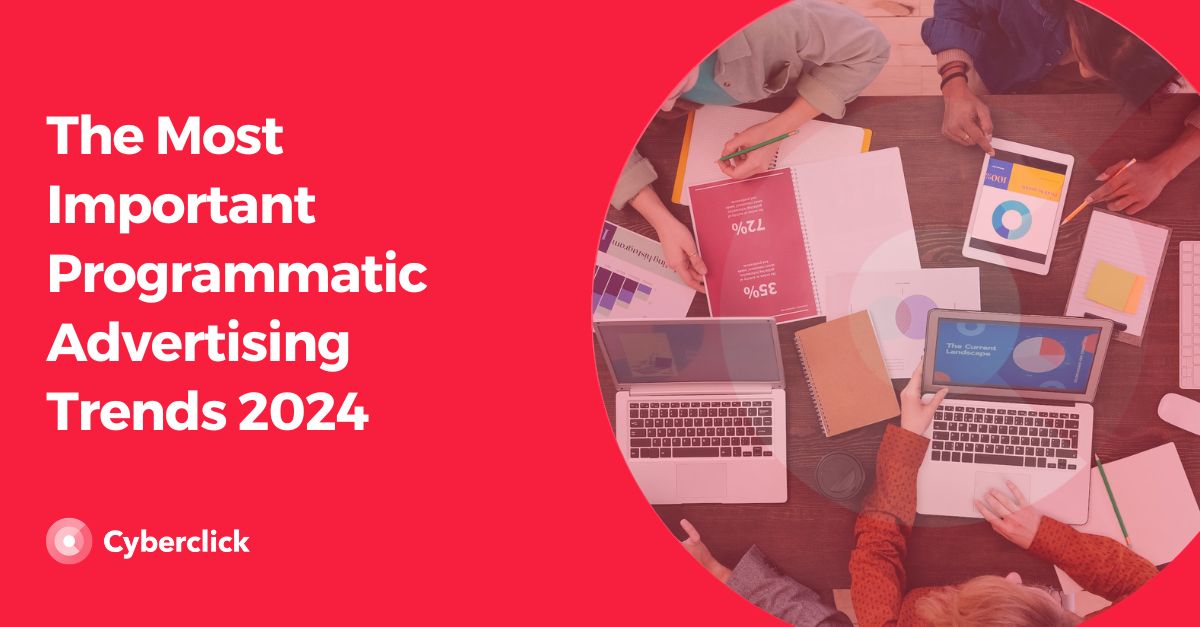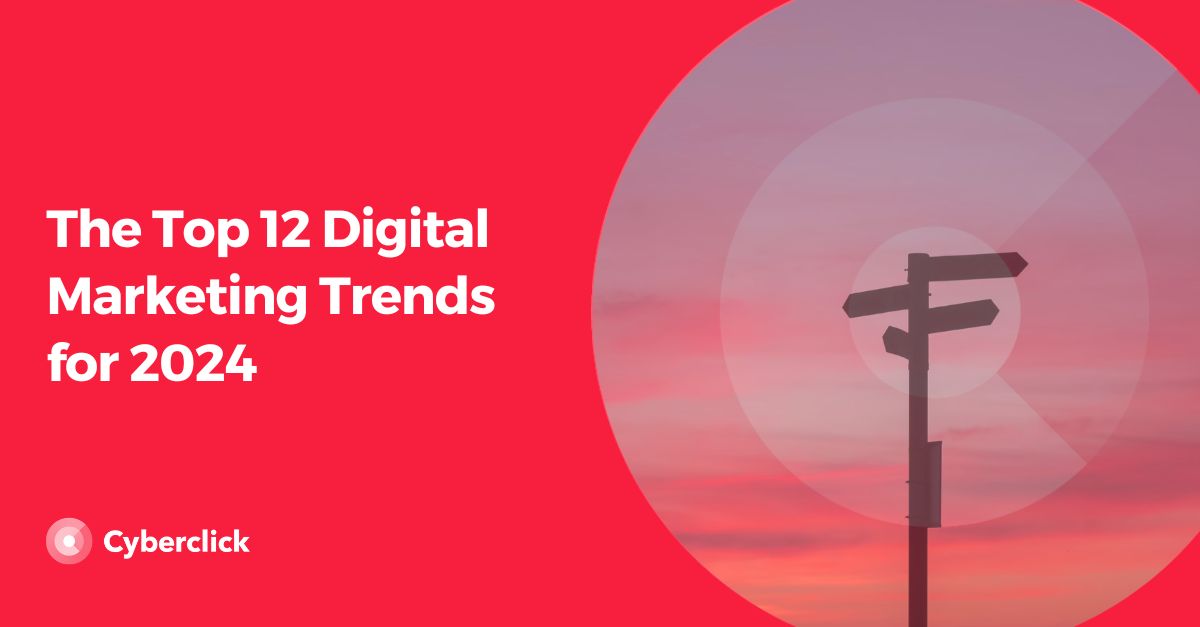Native advertising is experiencing significant growth as users increasingly seek more organic and less intrusive forms of advertising. Traditional ads face growing rejection for being overly invasive. Considering this, it's likely that companies will lean towards native advertising trends in digital marketing. To execute a successful strategy of this kind, it's important to familiarize yourself with the evolving landscape of native advertising and branded content in 2024.

What to Expect in Native Advertising and Branded Content
Let's look at the main trends in native advertising and branded content for 2024.
Experiential and Interactive Marketing Strategies
Brands now have the opportunity to engage customers more effectively through the emergence of technologies capable of creating virtual reality (VR) and augmented reality (AR) experiences. This implies a growing trend where companies design immersive VR and AR experiences to leave a lasting impact on their audience and set themselves apart from the competition.
This marketing approach aims to involve the audience in the action, enabling them to experience virtual scenarios that closely resemble reality. With these technologies, consumers can virtually view, interact with, and even test a wide range of products. Both VR and AR offer seamless integration of promotional content, which is valued positively by audiences. This makes them ideal for delivering advertising messages subtly yet impactfully. As interactive and experiential marketing take center stage, it's crucial to implement these strategies responsibly, ethically, and credibly, ensuring their originality and memorability.
Metaverse and Omnichannel: Evolving Relationships
The metaverse is a virtual, three-dimensional space where users can interact with each other. It's a place that goes beyond socialization and entertainment. In it, you can work, study or even make economic transactions, among many other things. Taking into account its versatility, the metaverse is expected to continue growing and offering new opportunities to companies. In fact, there are already many brands that have found ways to approach consumers in this space.
Although there are more and more companies interested in having a presence in this digital environment, omnichannel, personalization, and the use of artificial intelligence are the keys to success. In fact, the combination of omnichannel and technology that will make it possible for users to be offered personalized experiences. While an increasing number of companies are eager to establish a presence in the metaverse, not all are adequately prepared, adding to its allure.
It's evident that immersive, multisensory experiences stand out as the some of the most effective means to engage users and create a lasting impact, and the metaverse possesses all the essential elements to turn this vision into reality.
Streamlining Priorities with No-Code and Programmatic Automation
The growth of marketing campaign automation continues to surge each year, offering companies a means to save both time and money. The advent of No-Code and programmatic automation further enables the automation of diverse tasks without requiring advanced programming skills.
This technology is anticipated to continue evolving and empowering companies to personalize and optimize their various marketing strategies. It is poised to become an almost indispensable tool, given its adaptability to the dynamic and competitive landscape of digital marketing.
Through no-code automation, companies can redirect time and resources to other tasks, potentially enhancing web traffic, refining the customer journey in the sales funnel, and gaining more comprehensive insights into consumer behavior. Notably, automation integrates well with programmatic ad buying, presenting opportunities for improved advertising campaigns.
Bet on Audio: Branded Podcasts
The podcast format continues its robust growth, capturing considerable interest from audiences. It not only provides heightened visibility and enhanced positioning but also offers creative freedom, versatile consumption at any time, and compatibility with multitasking. This cost-effective medium serves as an effective channel to convey a brand messages.
Beyond its inherent advantages, various platforms facilitate the publication of audio content, serving as potential advertising spaces. By leveraging this, brands can connect with their target audience by delivering advertising messages through audio formats like mentions, reviews, or dedicated podcast chapters. Alternatively, brands can create and publish their own content. This not only promotes brand recognition but can also set a brand apart from competitors, and instill trust and professionalism among the audience.
Evergreen Content for the Win
Another trend in native advertising and branded content for 2024 is to prioritize evergreen content. Although it is true that content that is fleeting, such as Instagram stories, has attracted attention, it is the more permanent or evergreen content that generates the most engagement.
It has also been proven that evergreen content helps improve website positioning, especially when a good SEO strategy is being followed. It can help you increase brand authority, get third parties to link to your site, promote internal linking, generate regular traffic and qualified leads, and increase the average time spent on your website.
For these reasons, evergreen content will continue to be important, although more ephemeral content will persist if users like it and it generates engagement.
Microinteractions and Emotional Branding
Given that many actions occur through screens, incorporating microinteractions becomes key for enhancing usability and imparting a more personalized touch to a website. In fact, it's precisely through these microinteractions that an emotional connection can be forged between a company and a customer, injecting a more human and emotional dimension into communication within the digital realm. This, in turn, leads to increased engagement and satisfaction, and facilitates customer loyalty.
Microinteractions are embedded in various elements such as buttons, icons, forms, error messages, animations, and other interactive features that allow users to provide feedback. This, in turn, creates a more enjoyable and memorable brand experience. It's worth noting that such elements offer valuable insights into users' perceptions of a site and their preferred modes of interaction.
The prevalence of these elements on web pages is expected to increase significantly as companies recognize the importance of establishing a deeper emotional connection with their audience.
Native Advertising in App
It is estimated that more than 50% of global internet traffic is found within mobile applications, which is why more and more brands are considering including native advertising in apps. In fact, there are already numerous applications that support this type of ad.
The best thing about native advertising is that it is not intrusive, since it blends in with other content on the platform. This way, it seems much more natural than traditional ads, which can be more invasive for the user. This is one of the main reasons why brands opt for native advertising over traditional advertising.
It's important to remember that the advertising content presented should be enticing and attention-grabbing for the user. While its primary advantage lies in blending with the content of the space, this can work against it. In other words, if it fails to capture the user's attention in some way, it might go entirely unnoticed and not evoke any emotion or make any impact.
Crafting Compelling Ads with Artificial Intelligence
Finally, another trend in native advertising and branded content is directly related to artificial intelligence.
AI can be a powerful tool for crafting advertisements, especially with the emergence of various specialized tools that use this technology. For instance, MidJourney can generate images from text, while ChatGPT excels in creating written content. Additionally, tools like AdCreative.ai have surfaced to aid in developing advertising elements, bridging Google with Facebook Ads.
These tools allow you to quickly and (almost) effortlessly generate content, crafting messages to engage your audience and convey specific ideas and images. Moreover, their machine learning systems enable the program to adapt increasingly to user requests.
All signs point to AI playing a pivotal role in the creation of native ads, offering companies the benefits of cost and time savings. However, human involvement remains essential for overseeing and refining the outcomes derived from such software.
Responsable de Relación con los Clientes de Cyberclick
Responsible for Cyberclick Customer Relationship.






Leave your comment and join the conversation